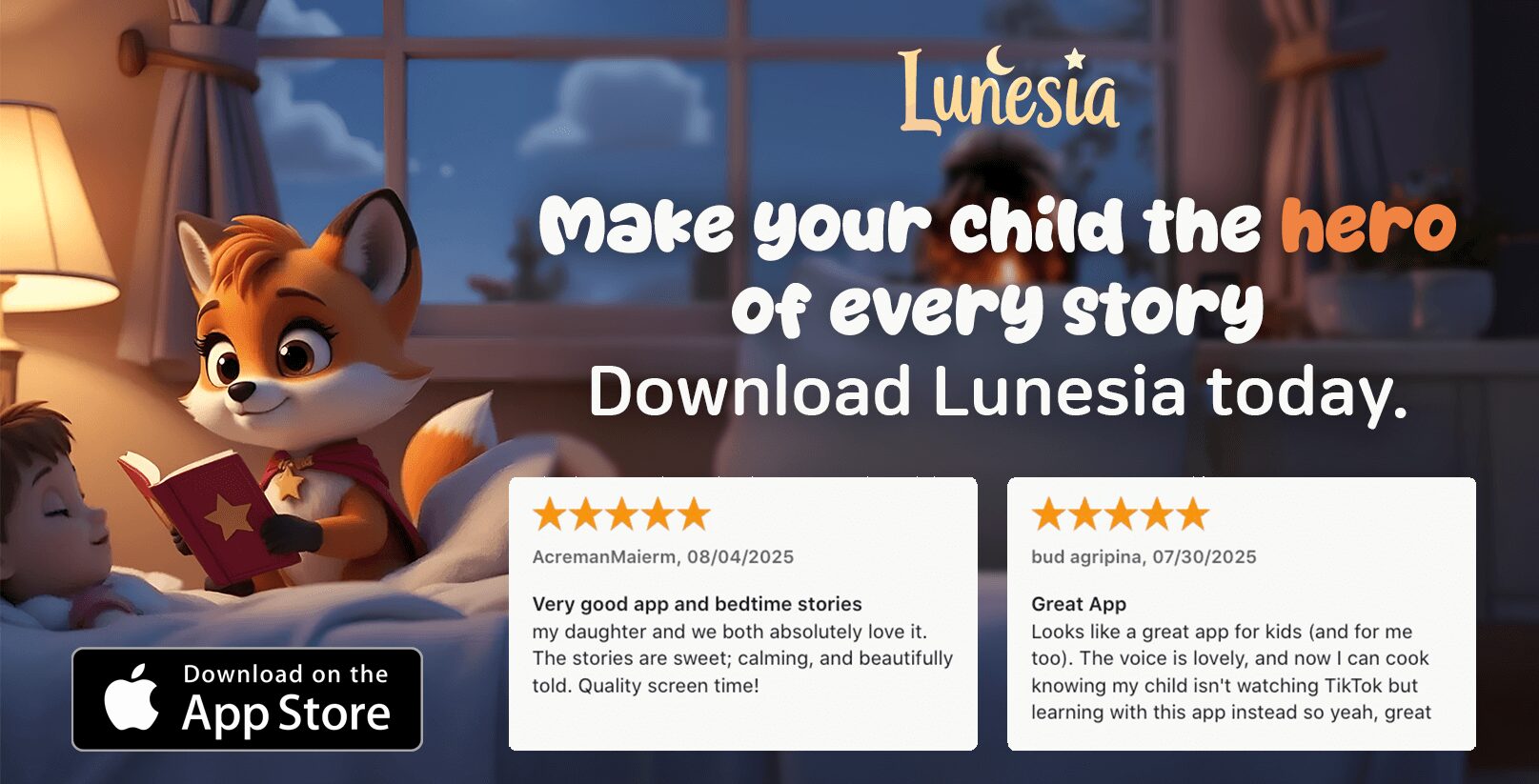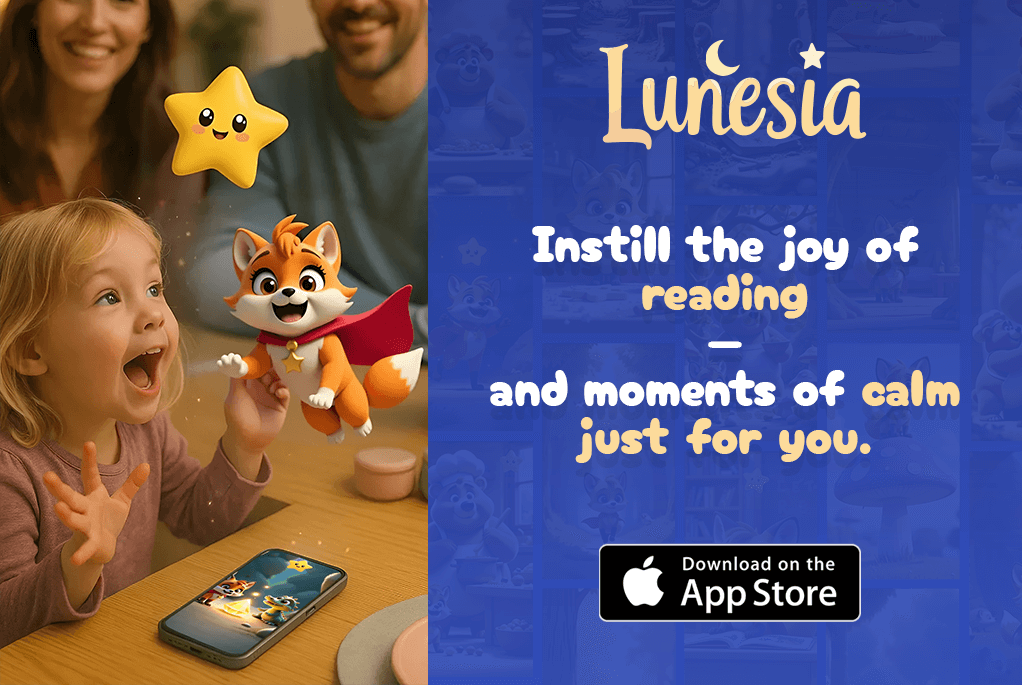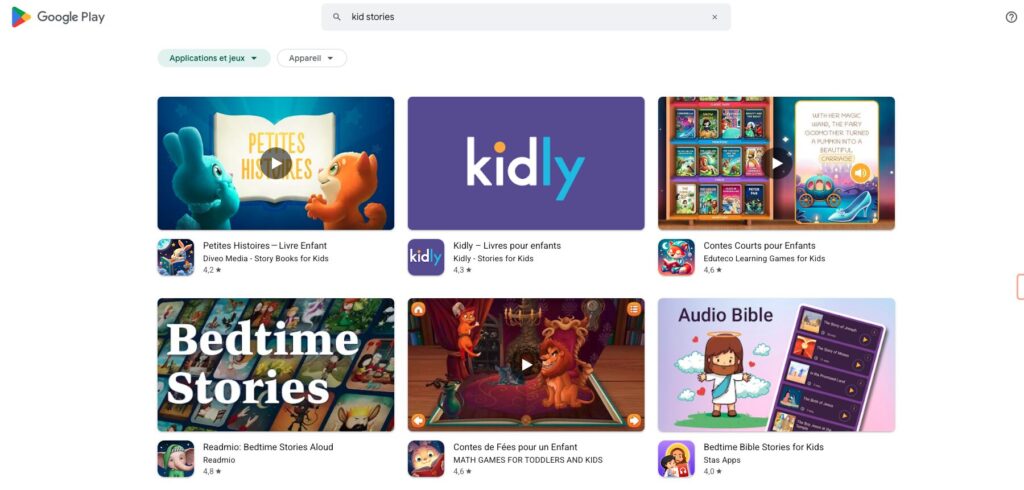There’s something magical about watching a child’s eyes light up as they turn the pages of a book. I’ll never forget the first time my little one giggled at the colorful illustrations in “Goodnight Moon.” It wasn’t just a story—it was a moment of connection.
Choosing the right book for your baby or preschooler can feel overwhelming. But it doesn’t have to be. Over the years, I’ve learned that the best picks are those that match their developmental stage. Board books with textures or flaps, like “Brown Bear, Brown Bear,” are perfect for little hands and curious minds.

Reading together isn’t just about learning—it’s about bonding. Whether it’s a bedtime ritual or a quiet afternoon activity, these moments create lasting memories. If you’re looking for more ideas, check out this guide to children’s stories for inspiration.
Remember, the goal isn’t to teach but to share joy. When you find the right story, you’ll see it in their smile.
Understanding the Importance of Age-Appropriate Stories
Books have a unique way of shaping a child’s early experiences. From cognitive growth to emotional bonding, the right story can make a big difference. For instance, 2-year-olds thrive with simple sentences, like those in “Guess How Much I Love You.” These short phrases help them process and understand language better.
Reading together also strengthens emotional connections. Snuggling up with a book like “You’re Two!” creates cherished moments. These rituals not only comfort your baby but also build trust and security.
Repetition in books like “Chicka Chicka Boom Boom” aids language acquisition. Hearing the same words repeatedly helps children retain and recognize them. This is a key step in their early learning journey.
Bedtime routines are another area where books shine. Stories like “Goodnight Gorilla” ease transitions, making the end of the day smoother. They signal that it’s time to wind down, helping children feel calm and ready for sleep.
Physical books also support motor skills. Sturdy board books withstand rough handling, encouraging little ones to explore independently. This hands-on interaction is crucial for their development.
Parents and teachers agree on the value of reading. A curated list of 50 books, chosen from over 3,000 suggestions, highlights the best picks for young children. These recommendations come from real-life experiences and trusted sources.
Finally, it’s important to limit screen time. Physical books create focused, meaningful interactions. As research shows, reading aloud lays the foundation for language and literacy skills. It’s an investment in their future.
Identifying Age-Appropriate Themes
Themes in children’s books are like tiny seeds that grow into big ideas. They help little ones understand the world around them. Choosing the right themes can make reading not just fun but also meaningful.

Simple and Relatable Themes
Young children connect best with themes they can relate to. Books like “Goodnight Moon” use familiar settings, like bedtime, to create comfort. These themes help children feel secure and understood.
Another great example is “Rainbow Fish.” It teaches kindness through a simple story of sharing. Themes like these are easy for little minds to grasp and remember.
Moral and Educational Lessons
Books can also teach important life lessons. “The Little Engine That Could” inspires perseverance with its famous phrase, “I think I can.” This mindset encourages children to keep trying, even when things are tough.
For early learning, books like “Ten Little Ladybugs” introduce counting in a fun, tactile way. Each page invites children to touch and count, making learning interactive.
Even complex ideas can be simplified. “Baby Loves Aerospace Engineering” breaks down science into bite-sized concepts. These books spark curiosity and lay the foundation for future learning.
Looking for more ideas? Check out this guide to books per night for for inspiration.
The Role of Interactive Elements in Age-Appropriate Stories
Interactive elements in books can turn reading into an adventure for little ones. These features engage their senses and make the experience more memorable. From flaps to textures, these additions encourage exploration and curiosity.
Rhyming and Repetitive Phrases
Rhyming and repetitive phrases are powerful tools in children’s books. They make language fun and easy to remember. For example, “Brown Bear, Brown Bear” uses repetition to help kids predict what comes next.
This technique builds confidence and reinforces learning. It’s a great way to introduce new words and concepts. Plus, it keeps kids engaged throughout the day.
Pop-Up and Flap Books
Pop-up and flap books add an element of surprise to reading. Titles like “Where’s Spot?” invite children to lift flaps and discover hidden characters. This interaction keeps them excited and involved.
Usborne’s “That’s Not My…” series uses textures to enhance the experience. These board books are perfect for little hands. They also help develop fine motor skills as kids explore each page.
For more tips on making reading interactive, check out this guide to bedtime storytelling. It’s packed with creative ideas to make every book a special moment.
Types of Books to Consider for Toddlers and Preschoolers
Choosing the right books for young children can open doors to endless imagination and learning. Whether it’s a sturdy board book or a beautifully illustrated picture book, each type offers unique benefits. Let’s explore some of the best options to spark curiosity and joy in little readers.

Board Books
Board books are perfect for tiny hands and curious minds. Their durable pages can withstand rough handling, making them ideal for active little ones. Titles like “Brown Bear, Brown Bear” use repetitive phrases and vibrant animal illustrations to engage young readers.
These books also encourage tactile exploration. Lift-the-flap designs and textured pages, like those in “That’s Not My…” series, add an interactive element. They help develop fine motor skills while keeping children entertained throughout the day.
Picture Books
Picture books are a gateway to visual storytelling. Detailed illustrations in books like “Zoomer” encourage children to create their own narratives. This fosters creativity and enhances their understanding of the world.
Books like “Last Stop on Market Street” introduce cultural diversity through urban landscapes. They help children appreciate different perspectives and experiences. Wordless narratives, such as “Tuesday” by David Wiesner, allow kids to interpret the story in their own way.
Series familiarity is another great feature. Recurring characters in books like “Pete the Cat” create a sense of comfort and anticipation. These stories become cherished companions in a child’s reading journey.
- Detailed illustrations: Encourage visual storytelling and creativity.
- Cultural exposure: Introduce diverse settings and perspectives.
- Wordless narratives: Allow children to interpret stories independently.
- Series familiarity: Build comfort and excitement with recurring characters.
Whether it’s a classic like “Where the Wild Things Are” or a heartwarming tale like “Corduroy,” the right book can make a lasting impact. These stories not only entertain but also inspire a lifelong love of reading.
Conclusion
Reading with your little one creates moments that last a lifetime. Did you know 90% of brain development happens by age 5? Books play a huge role in this growth. They spark curiosity, build language skills, and strengthen the bond between you and your baby.
To save on costs, try rotating books from your local library. It’s a great way to keep things fresh without breaking the bank. You can also join the “1000 Books Before Kindergarten” challenge. It’s a fun way to track progress and celebrate milestones.
For a curated list of 50 must-read books, download our checklist. It’s packed with titles that children love. If you’re looking for more options, consider an Amazon Prime trial for access to a wide selection.
As Dr. Seuss once said, “The more you read, the more things you’ll know.” Every story shared is a step toward a brighter future. So, grab a book, snuggle up, and let the magic of reading fill your love for learning.
FAQ
Why are age-appropriate stories important for toddlers and preschoolers?
Age-appropriate stories help young children understand the world around them. They introduce simple concepts, build vocabulary, and foster emotional development in a way that matches their cognitive abilities.
What themes work best for toddlers and preschoolers?
Simple and relatable themes like family, friendship, and daily routines are ideal. Stories with moral lessons or educational content also engage young minds while teaching valuable life skills.
How do interactive elements enhance stories for young children?
Interactive elements like rhyming phrases, repetitive text, and pop-up or flap books make reading fun and engaging. They encourage participation and help children stay focused on the story.
What types of books are best for toddlers and preschoolers?
Board books are durable and perfect for little hands, while picture books with colorful illustrations capture their attention and stimulate imagination.
How can I choose the right book for my child’s age?
Look for books with simple language, relatable themes, and interactive features. Consider your child’s interests and developmental stage to find stories that will resonate with them.



